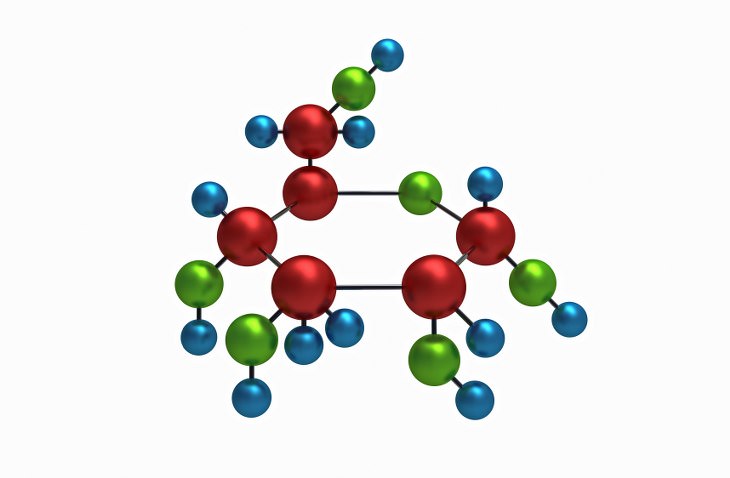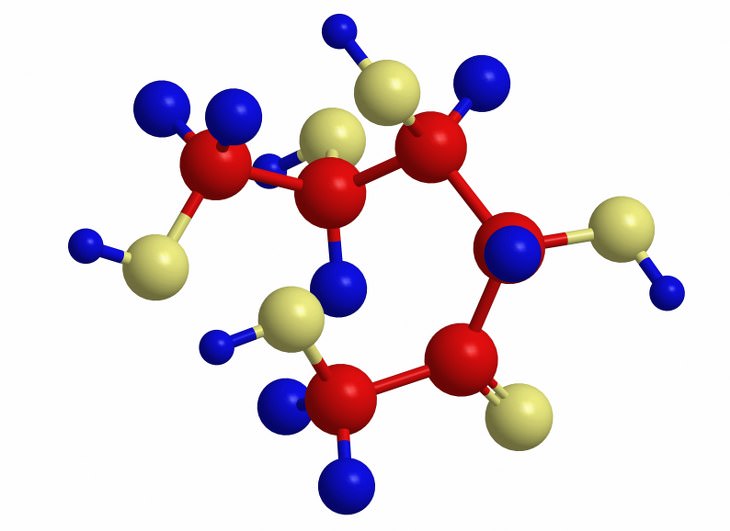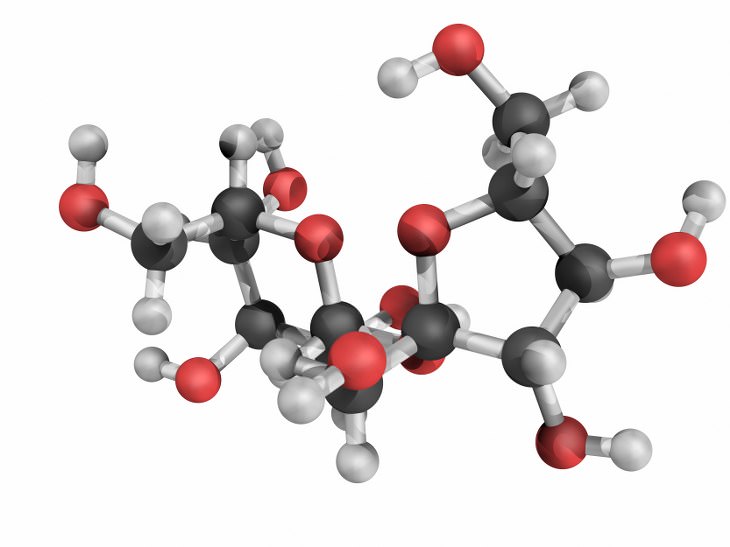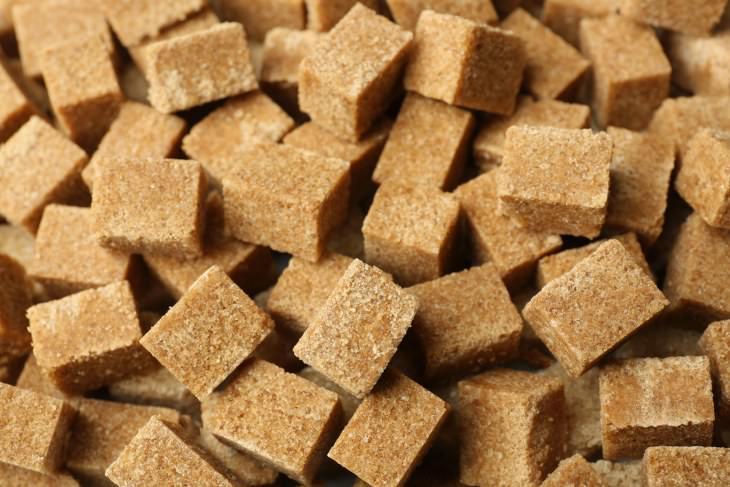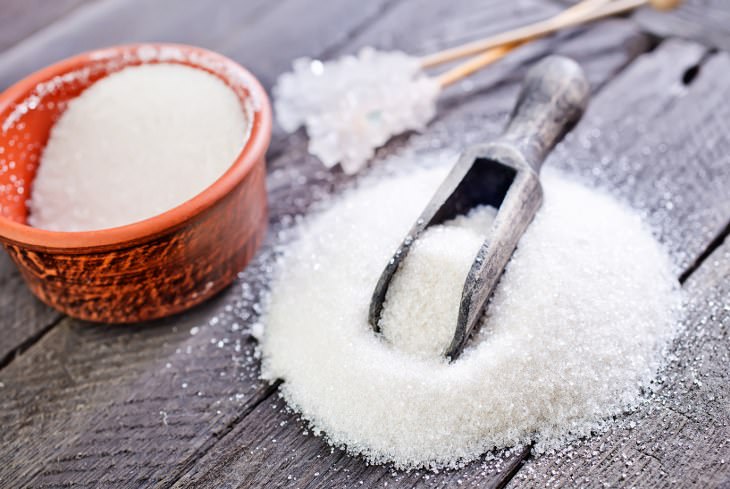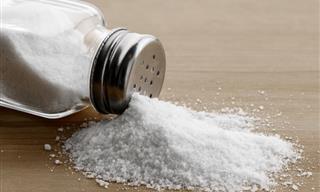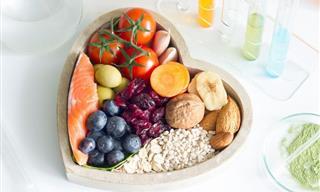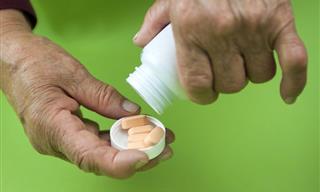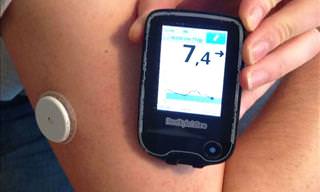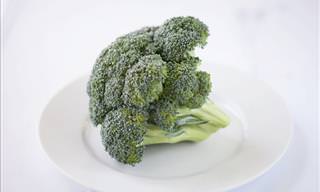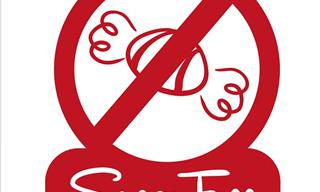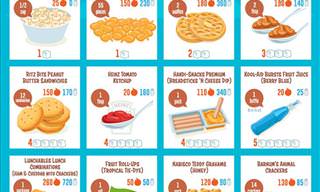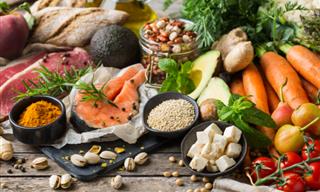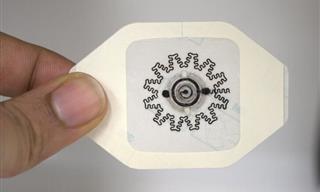What Is Glucose?
Glucose is a simple sugar, also known as a monosaccharide, and is your body’s favorite carbohydrate-based source of energy. Monosaccharides are composed of a single unit of sugar and that's why they absolutely cannot be broken down into smaller compounds.
When it comes to food, glucose is most commonly bound to another monosaccharide to form either disaccharides or polysaccharide starches. Glucose is frequently added to processed foods in the form of dextrose, which is actually extracted from cornstarch. When compared to fructose and sucrose, glucose tastes the least sweet.
What Is Fructose?
Like glucose, fructose is a monosaccharide, too. It’s naturally present in fruit, honey, agave and many kinds of root vegetables. What's more, it’s also frequently added to processed foods in the form of high-fructose corn syrup.
Fructose can be obtained from sugar cane, sugar beets or corn. High-fructose corn syrup is made from cornstarch and contains a great deal more fructose than glucose, in comparison with regular corn syrup. Of the three sugars, fructose has the sweetest taste but the least impact on your blood sugar.
What Is Sucrose?
Sucrose is the scientific name for common table sugar and is a disaccharide that is made up of 50% glucose and 50% fructose. It naturally occurs in many grains, fruits, and vegetables, and is often added to certain processed foods too, such as ice cream, candy, canned food, and breakfast cereals.
Table sugar and the sucrose found inside processed foods are often extracted from sugar beets or sugar cane. Sucrose tastes sweeter than glucose but is not as sweet as fructose.
Glucose Absorption and Use
Glucose is directly absorbed through your small intestine's lining and into your bloodstream. It raises blood sugar far more rapidly than other sugars, which stimulates the release of insulin, a substance that is required for glucose to enter your cells.
Once inside your cells, glucose is either changed into glycogen to be stored or is used up immediately to create energy. Your body tightly regulates your blood sugar levels. When they are too low, glycogen is turned back into glucose and is released into your bloodstream. If glucose is unavailable, your liver can make this type of sugar from other sources.
Fructose Absorption and Use
Like glucose, fructose is absorbed directly into your blood via the small intestine. It increases blood sugar levels more gradually than glucose and does not seem to have an immediate impact on insulin levels, however, it could have more long-term negative effects.
Your liver needs to convert fructose into glucose before your body uses it as a source of energy. If you consume more fructose than your liver is able to safely handle, any excess is turned into cholesterol and triglycerides, which could end up causing certain negative health effects such as obesity, fatty liver disease, and high cholesterol levels.
Sucrose Absorption and Use
Since sucrose is a disaccharide, your body needs to break it down before it can be used. Enzymes in your mouth start breaking down sucrose into glucose and fructose before your stomach acid carries on this task. However, the majority of sugar digestion happens in your small intestine.
The enzyme sucrase divides sucrose into glucose and fructose before they get absorbed by your bloodstream. When glucose is present, your body ends up releasing more insulin and absorbs a higher degree of fructose, causing more fat to be created. This is why both fructose and glucose should ideally be eaten separately.
Which Is the Worst for Your Health?

Of the 3 sugars discussed above, fructose appears to be the most harmful by a long shot for a number of reasons. For starters, the effects of consuming too much fructose include type 2 diabetes, obesity, fatty liver disease, metabolic syndrome, and insulin resistance.
One study found that from all known sugars, fructose is the one that can put you at the highest risk for developing type 2 diabetes or obesity. Another study found that people who drink fructose-sweetened beverages put on belly fat almost twice as fast as those who drink glucose-sweetened drinks instead.
What’s more, fructose also increases the hunger hormone ghrelin, which could make you feel less full after eating. Since fructose is metabolized in your liver like alcohol, research suggests that it could be similarly addictive. A certain study found that it also activates your brain's reward pathway, which could lead to increased sugar cravings, and all of the negative effects that tend to follow them.
If you found this article useful, then don't forget to share it with your friends!
 Go to BabaMail
Go to BabaMail


